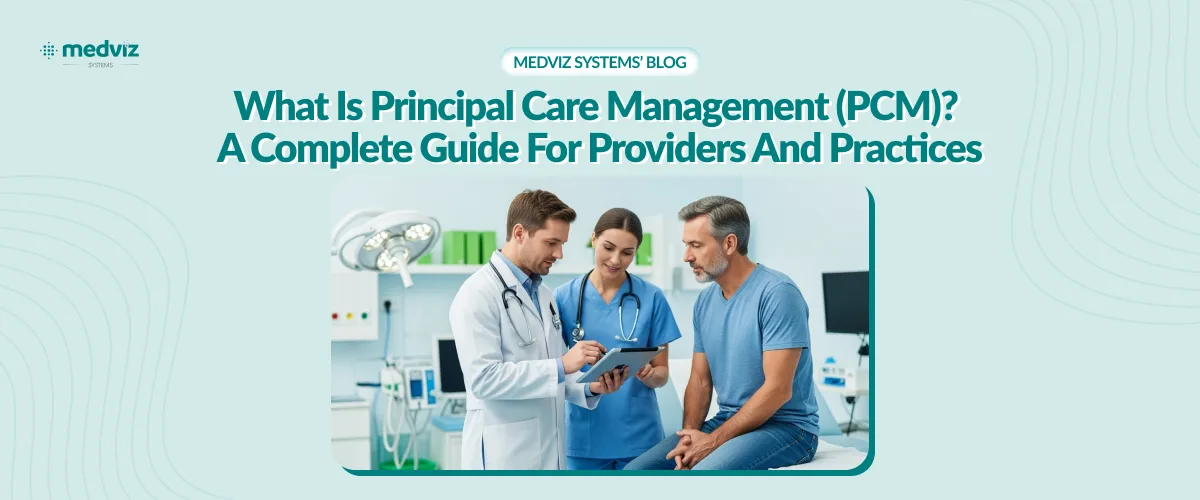Medical billing is more than just a back-office function—it begins the moment a patient walks through the door. As the first point of contact, front desk staff play a pivotal role in ensuring clean claims, accurate reimbursement, and a positive patient experience. But to do that effectively, they must be fluent in the language of insurance and billing.
In this comprehensive cheat sheet, you’ll find 50 must-know medical billing terms—all broken down clearly to help new hires, seasoned staff, or cross-trained team members master the essentials. Whether you’re working in a private practice, hospital, or specialty clinic, understanding these terms can help you prevent errors, reduce claim denials, and boost collections.
Section 1: Core Insurance Terms Every Staff Member Should Know
Understanding how insurance works is the foundation of accurate patient intake and billing. These are the terms front desk professionals use daily when verifying coverage and estimating patient responsibility.
- Deductible – The amount a patient must pay out-of-pocket before their insurance starts covering services.
- Copay – A flat fee the patient pays at the time of service (e.g., $25 for a primary care visit).
- Coinsurance – A percentage split between patient and insurance after the deductible is met (e.g., 80/20).
- Premium – The monthly amount paid to keep a health insurance policy active.
- Out-of-pocket Maximum – The most a patient will have to pay in a year for covered services.
- Allowed Amount – The maximum an insurance company will reimburse for a service.
- Coordination of Benefits (COB) – Determines which plan pays first if a patient is covered by more than one insurance.
Tip: Documenting these clearly can prevent unexpected balance bills and claim issues later.
Section 2: Authorization and Coverage Verification Essentials
Failure to verify coverage or secure authorizations can lead to costly denials. These terms guide eligibility and approval processes:
- Prior Authorization (PA) – Pre-approval required for specific procedures or medications before services are rendered.
- Referral – A written order from a primary care doctor for a patient to see a specialist.
- Eligibility Verification – Confirms the patient’s insurance is active and what services are covered.
- Effective Date – The date when the insurance coverage begins.
- Plan Exclusions – Services or items not covered under a specific insurance policy.
- Coverage Limit – The maximum dollar amount or number of visits allowed for a service.
Use integrated EHR or third-party clearinghouses like Availity to automate and streamline verification.
Section 3: Key Claim Processing & Reimbursement Terms
Once a patient is seen, the claim process begins. Understanding these terms ensures clean claim submissions and quicker reimbursements:
- Clean Claim – A claim free of errors that can be processed without additional information.
- Clearinghouse – A digital gateway that reviews and forwards claims to insurers, scrubbing for errors along the way.
- Explanation of Benefits (EOB) – A statement from the insurer explaining what was paid, denied, or applied to deductible.
- Remittance Advice (RA) – A provider-facing document explaining the outcome of a submitted claim.
- Timely Filing Limit – The deadline to submit a claim (varies by payer, often 90–180 days).
- Denied Claim – A claim that is processed but payment is refused due to errors, policy limits, or lack of authorization.
- Rejected Claim – A claim not processed at all due to missing or incorrect information.
- Appeal – A formal request for an insurer to reconsider a denied claim.
Fact: 86% of claim denials are preventable at the front end, according to MGMA.
Section 4: Common Coding and Compliance Abbreviations
Although coding is often done by specialists, front desk staff must recognize common codes to triage billing inquiries or flag inconsistencies.
- CPT (Current Procedural Terminology) – Standardized codes for medical procedures and services.
- ICD-10 (International Classification of Diseases) – Diagnostic codes used to classify patient conditions.
- HCPCS (Healthcare Common Procedure Coding System) – Codes for services not covered by CPT (e.g., ambulance services, durable medical equipment).
- Modifier – Two-digit codes added to CPT to indicate special circumstances (e.g., modifier -25 for significant, separately identifiable service).
- Upcoding – Assigning a code for a more severe diagnosis or service than provided (a compliance violation).
- Unbundling – Billing separately for services that should be grouped under one code.
- Medical Necessity – A criterion insurers use to determine if a service is justified based on diagnosis.
Reminder: While front desk staff don’t code, they can catch mismatches between patient complaints and procedures at check-in.
Section 5: Patient Communication Terms That Affect Collections
Educating patients about their financial responsibility prevents confusion and increases collection rates.
- Assignment of Benefits (AOB) – When the patient authorizes the provider to receive payment directly from insurance.
- Balance Billing – Billing the patient for the difference between the provider’s charge and the allowed amount (may be illegal with contracted payers).
- Guarantor – The person responsible for the patient’s bill (often the parent or legal guardian for minors).
- Self-pay – Patients who do not have insurance or choose not to use it.
- Good Faith Estimate – A required estimate of expected charges for uninsured/self-pay patients (per the No Surprises Act).
- Payment Plan – An arrangement allowing patients to pay their balance in installments.
- Bad Debt – Patient accounts that remain unpaid after collection attempts.
Studies show that practices offering up-front estimates see a 20% increase in on-time patient payments.
Section 6: Must-Know Acronyms & Abbreviations (Quick Cheat Sheet)
Here’s a compact A–Z of common abbreviations:
- AOB – Assignment of Benefits
- CMS – Centers for Medicare & Medicaid Services
- COB – Coordination of Benefits
- EFT – Electronic Funds Transfer
- EDI – Electronic Data Interchange
- ERA – Electronic Remittance Advice
- EOB – Explanation of Benefits
- HMO – Health Maintenance Organization
- HIPAA – Health Insurance Portability and Accountability Act
- NPI – National Provider Identifier
- POS – Point of Service
- PPO – Preferred Provider Organization
- TIN – Taxpayer Identification Number
- TFL – Timely Filing Limit
- WC – Workers’ Compensation
Download this list as a printable PDF for quick reference at your front desk.
Section 7: How Front Desk Teams Can Stay Sharp on Billing Language
Consistency in terminology reduces billing errors and improves patient trust.
- Ongoing Training – Hold quarterly workshops or refresher sessions.
- Job Shadowing – Allow front desk staff to observe billing team workflows.
- Use a Shared Glossary – Maintain an internal resource or wiki for staff to reference.
- Technology Tools – Use billing software with built-in validation and alerts.
- Patient Education Materials – Equip staff with brochures or handouts explaining insurance terms.
Quote from Practice Manager: “After implementing a glossary and monthly training, our denied claims dropped by 35% within two quarters.”
Conclusion: Accuracy Starts at the Front Desk
The front desk is more than a welcome station—it’s the entry point to revenue cycle success. By mastering these 50 medical billing terms, staff can:
- Prevent costly errors and claim denials
- Improve communication with patients and billing departments
- Contribute to faster reimbursements and higher patient satisfaction
Partner With Medviz Systems to Power Clean Claims
Mastering billing terminology is just the beginning. To truly reduce denials, speed up reimbursements, and simplify your revenue cycle, you need the right technology and expertise behind your front desk and billing operations.
Whether you’re running a small practice or managing a large group, our solutions are built to power clean claims, faster payments, and a healthier bottom line.
📞 Call us today at +1 (727) 214-2749
📧 Or email our team at success@medviz.ai
Medviz.ai — Smart technology for smarter revenue cycle performance.



Leave a Reply